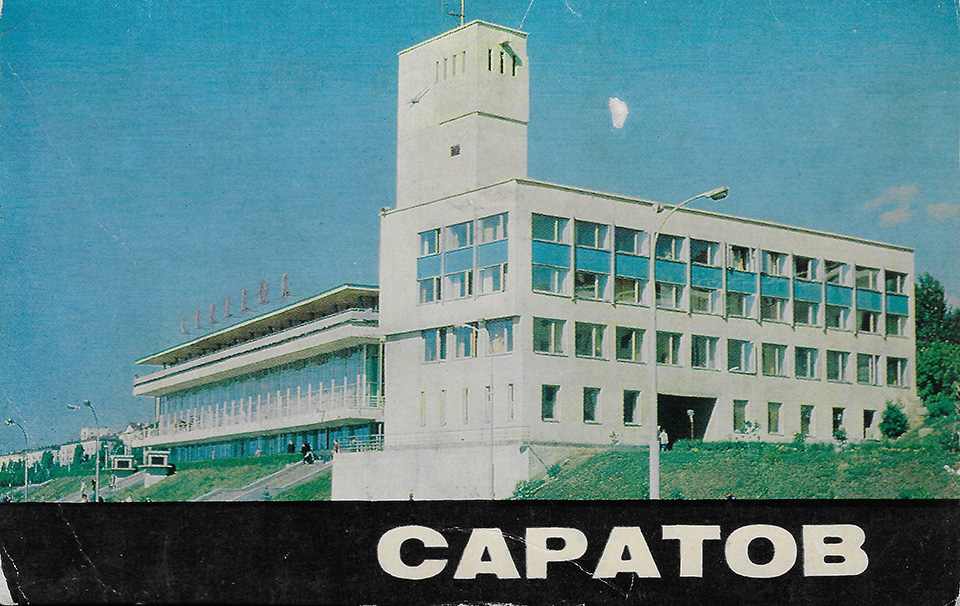Космическая программа СССР – Soviet Space Program 1971
The Soviet space program is the rocketry and space exploration programs conducted by the former Union of Soviet Socialist Republics (the Soviet Union or U.S.S.R.) from the 1930s until its dissolution in 1991. Over its sixty-year history, this primarily classified military program was responsible for a number of pioneering accomplishments in space flight, including the first intercontinental ballistic missile (1957), first satellite (Sputnik-1), first animal in space (the dog Laika on Sputnik 2), first human in space and Earth orbit (cosmonaut Yuri Gagarin on Vostok 1), first woman in space and Earth orbit (cosmonaut Valentina Tereshkova on Vostok 6), first spacewalk (cosmonaut Alexey Leonov on Voskhod 2), first Moon impact (Luna 2), first image of the far side of the moon (Luna 3) and unmanned lunar soft landing (Luna 9), first space rover, first space station, and first interplanetary probe.
—-
Советская космонавтика относится к ракетной технике и программам исследования космоса, проводимым Советским Союзом (СССР) с 1930-х по 1991 гг.
СССР был первой страной, которая осуществила удачный запуск и вывод на околоземную орбиту искусственного спутника Земли.
Спутник-1 — первый искусственный спутник Земли, был запущен на орбиту в СССР 4 октября 1957 года.
Спутник-2 — второй космический аппарат, запущенный на орбиту Земли 3 ноября 1957, впервые выведший в космос живое существо — собаку Лайку.


































